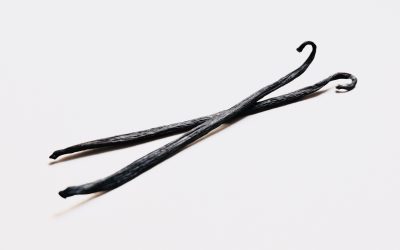Eggs are one of the key ingredients in baking, being used in almost every category of baked goods in some form. Whilst some recipes will call for pasteurised egg specifically, most bakers will be using eggs in fresh form. Because of this it is really important to know that your eggs are fresh and ideal for use. For a lot of baking the freshness of the egg is not hugely important, providing it has not gone off, but if you are thinking of poaching eggs for example it is vital that the eggs are as fresh as possible. So maybe when planning your next bake, remember to test your eggs so you know to keep your freshest eggs for your breakfast the next day!
The Egg Water Test
Most people may be vaguely familiar with the egg water test, or sometimes called the egg float test, which is the best test for egg freshness without cracking them open. The principal is very simple, and revolves around the level of air that has permeated the egg shell. The more air that is within the egg, the less fresh it will be. The egg water test is very simple, to tell how much air is inside the egg, simply put it into a container of water that must be deeper than the eggs height. If the egg is completely fresh it will sink to the bottom of the container and lie lengthways. However if the rounded end starts to rise slightly that is a sign that the egg is starting to become less fresh. Finally, if the egg floats to the top of the water then you know that egg is no longer fresh. The reason for the floating is that the air builds up inside the egg and makes it more buoyant, hence it no longer sinks.
The Crack Test
It is also possible to tell how fresh an egg is by looking at it after it has been cracked. This is less useful if you need to check a packet as you do not want to break them all just to find one fresh egg but is very useful if you want to be sure about an egg after you crack it.
The key thing to look for is the white of the egg. Technically an egg has two whites, an inner and outer. In a fresh egg there should be a distinct difference in texture between the two, with the inner white being firmer and showing a line where the two meet. If the white looks like one single consistency and is often thinner then the egg is not completely fresh.
It is important to remember that freshness does not necessarily mean those are the only safe eggs to eat. You can still make use of non-fresh eggs in baking, but if there are any adverse smells when opening the egg it is best not to use it, as this may be a sign that the egg has gone off, rather than it simply not being fresh.


